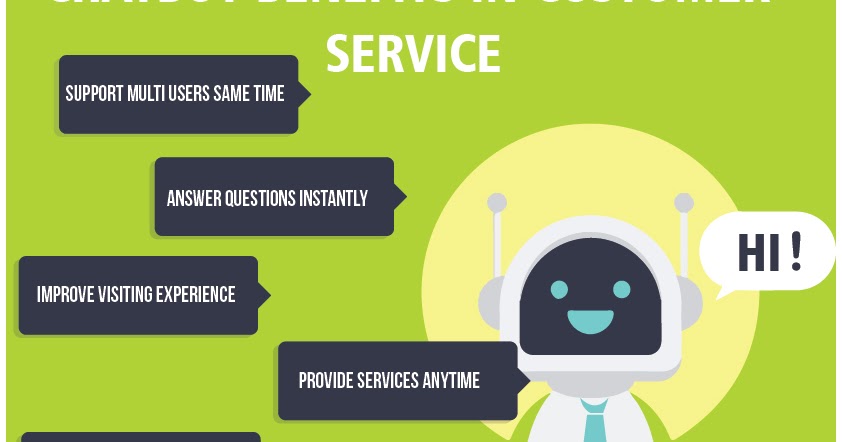

Give your intent a name that reflects the type of question or issue it covers, such as “Account Information” or “Product Questions.”

Save and view your agent: Once you have configured your agent settings, click on the “Create” button to save your agent.These settings will vary depending on your specific use case and the platforms you plan to integrate your chatbot with. Configure settings: Once the API access is enabled, you can configure various settings for your agent, such as time zone, speech recognition settings, and integration settings.To do this, click on the “Enable” button next to the “Dialogflow API” in the APIs & Services dashboard of the Google Cloud Console. Enable API access: Once you have selected a project, you need to enable API access for Dialogflow.If you do not have an existing Google Cloud Platform project, you can create a new one. Choose a project: Select the Google Cloud Platform project that you want to associate with your Dialogflow agent.The name you choose will be the name of your chatbot, so choose something descriptive and memorable. You will be prompted to enter a name and default language for your agent. Create a new agent: Click on the “Create Agent” button on the left-hand menu to create a new Dialogflow agent.Sign in to the Dialogflow console: Visit the Dialogflow website and sign in using your Google account.In this article, we’ll walk through the steps involved in building a customer support chatbot using Dialogflow.
#Tutorial customer service chatbot free
By automating the process of responding to customer inquiries, chatbots can help reduce customer wait times, increase customer satisfaction, and free up support staff to focus on more complex issues. A customer support chatbot using Dialogflow is a valuable tool that organizations can use to provide efficient and effective customer support.


 0 kommentar(er)
0 kommentar(er)
